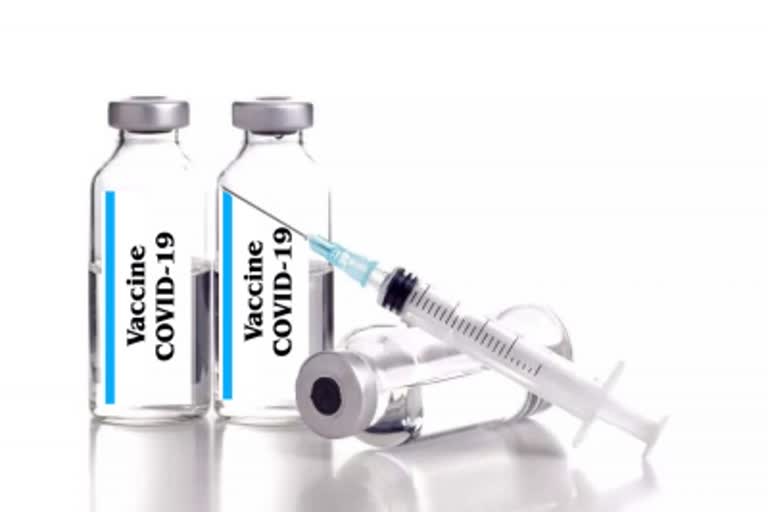Chennai:Indian states like Uttar Pradesh, Delhi and Tamil Nadu are getting lower share of vaccine than their need as against Rajasthan, Gujarat and Maharashtra which are getting more, said integrated securities company Emkay Global Financial Services.
According to Emkay Global, it arrived at this conclusion by estimating the optimal state share by creating a weighted distribution measure based on parameters like population, its density, urban-rural ratio, active cases, death load and others.
Ideally, the vaccine distribution should be done as per the states' population share implying each state's vaccination drive gets aligned to the national average timeline, Emkay Global said.
According to former Union Health Minister and a Member of Parliament Anbumani Ramadoss, Tamil Nadu with a population of 7.62 crore got an allotment of 72 lakh vaccine while Gujarat with a population of 6.94 crore population got 1.39 crore vaccine, Karnataka with a population of 6.66 crore got 1.06 crore vaccines.
Read More:Bharat Biotech commences direct supply of 'Covaxin' to 14 states
On the other hand, Rajasthan with a population of 7.88 crore just about 26 lakh people over Tamil Nadu got 1.42 crore vaccine, Ramadoss said.
According to Emkay Global, preferring economically important states/districts may not be socially cost-optimal as human life has to be treated equally.
"However, targeting low-hanging fruits could still give optimal results, say focusing on urban areas with higher cases and population density (implying higher risk of contagion), which also incidentally have better infra for vaccination administration," said Emkay Global.
